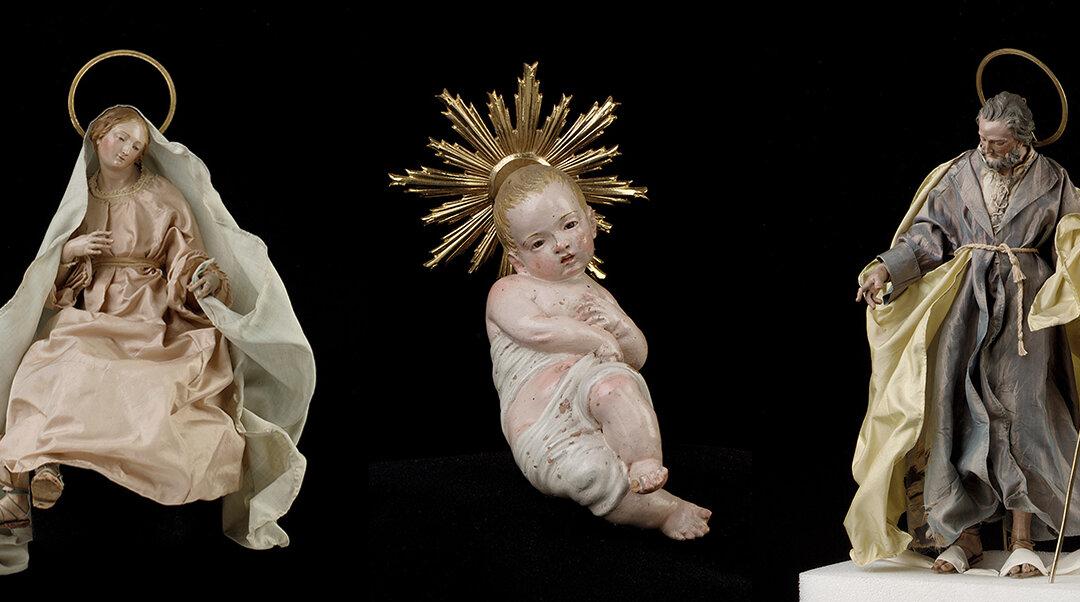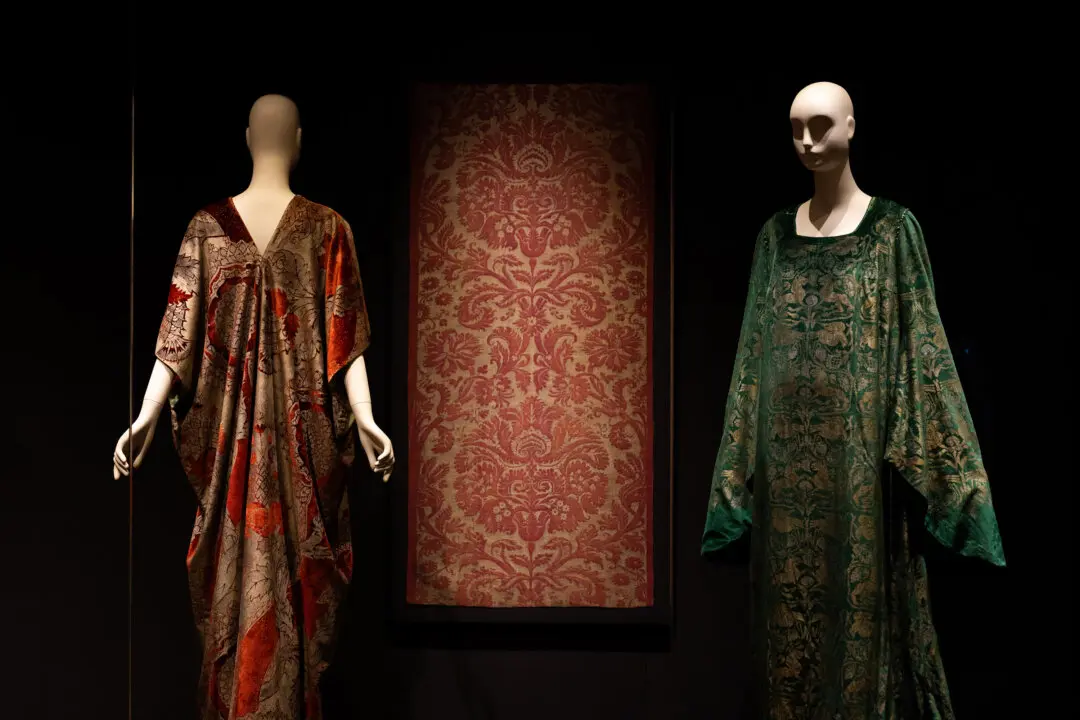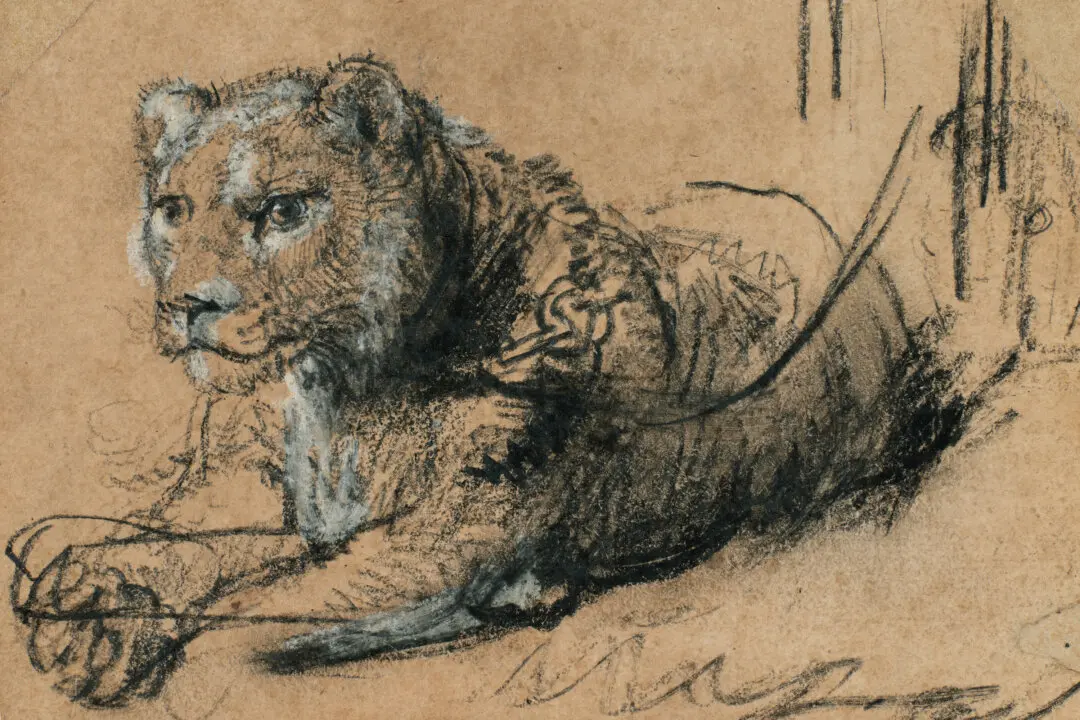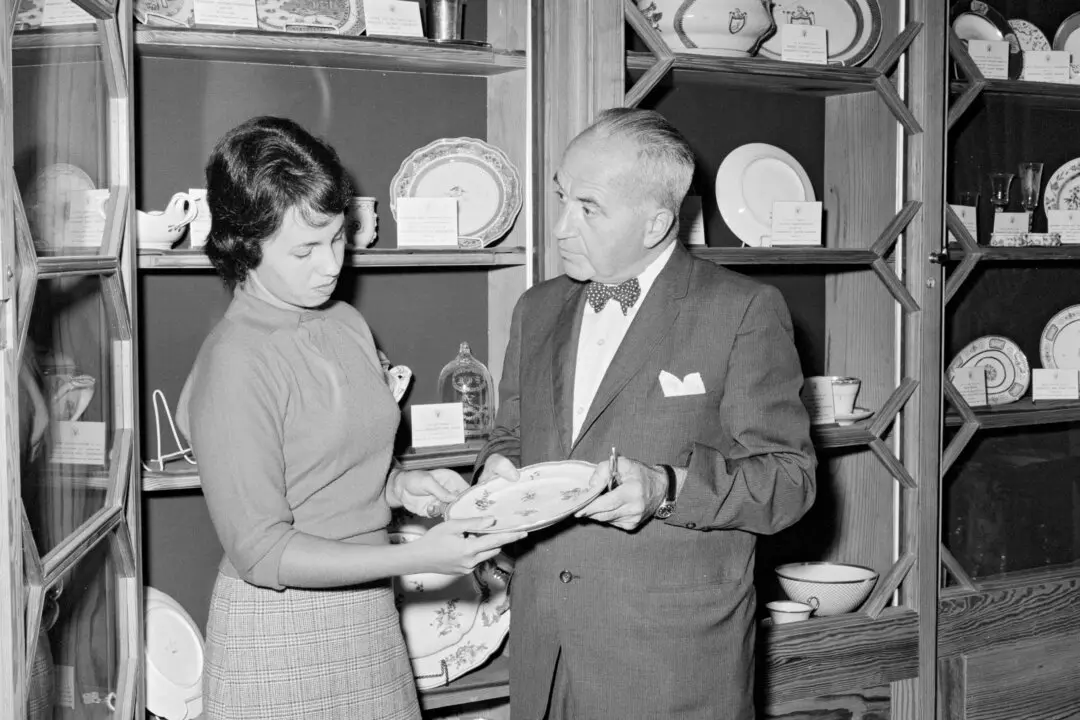One of New York City’s most beloved holiday traditions is The Metropolitan Museum of Art’s adornment of their Christmas tree with a Neapolitan Baroque crèche. It’s currently on view through Jan. 7, 2024.
Visitors make their way to the Museum’s Medieval Sculpture Hall, where they are greeted by a magnificent installation: Situated in front of a monumental 18th-century gilded Spanish choir screen is a 20-foot blue spruce. It is decked with 19 cherubs, 59 angels, and a further 71 figures. These finely crafted miniatures were made in Naples and mostly date from the second half of the 18th century. The tableau shows a three-dimensional Nativity, also called a crèche, which features vividly detailed and colorful vignettes of 18th-century Italian life.





